
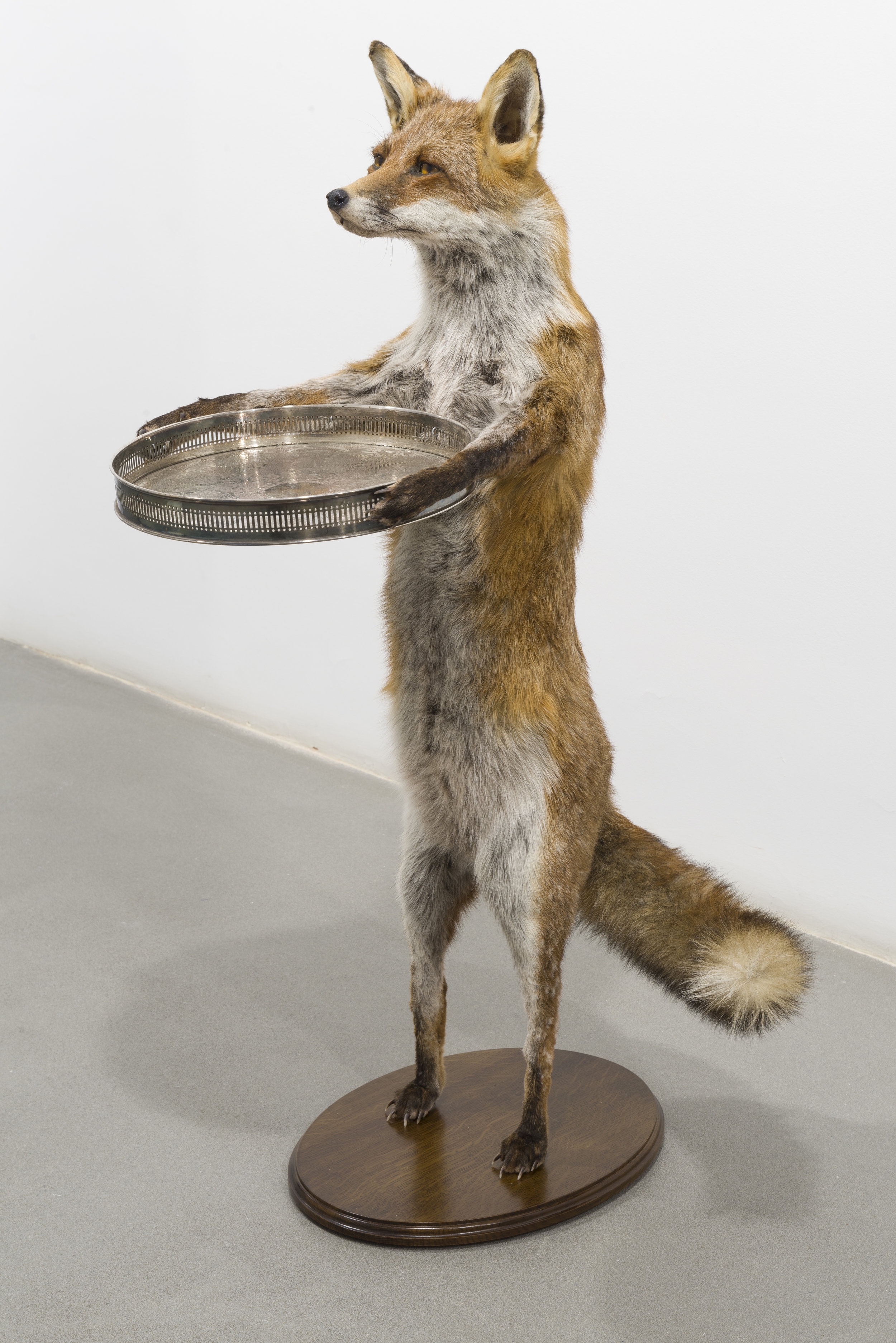
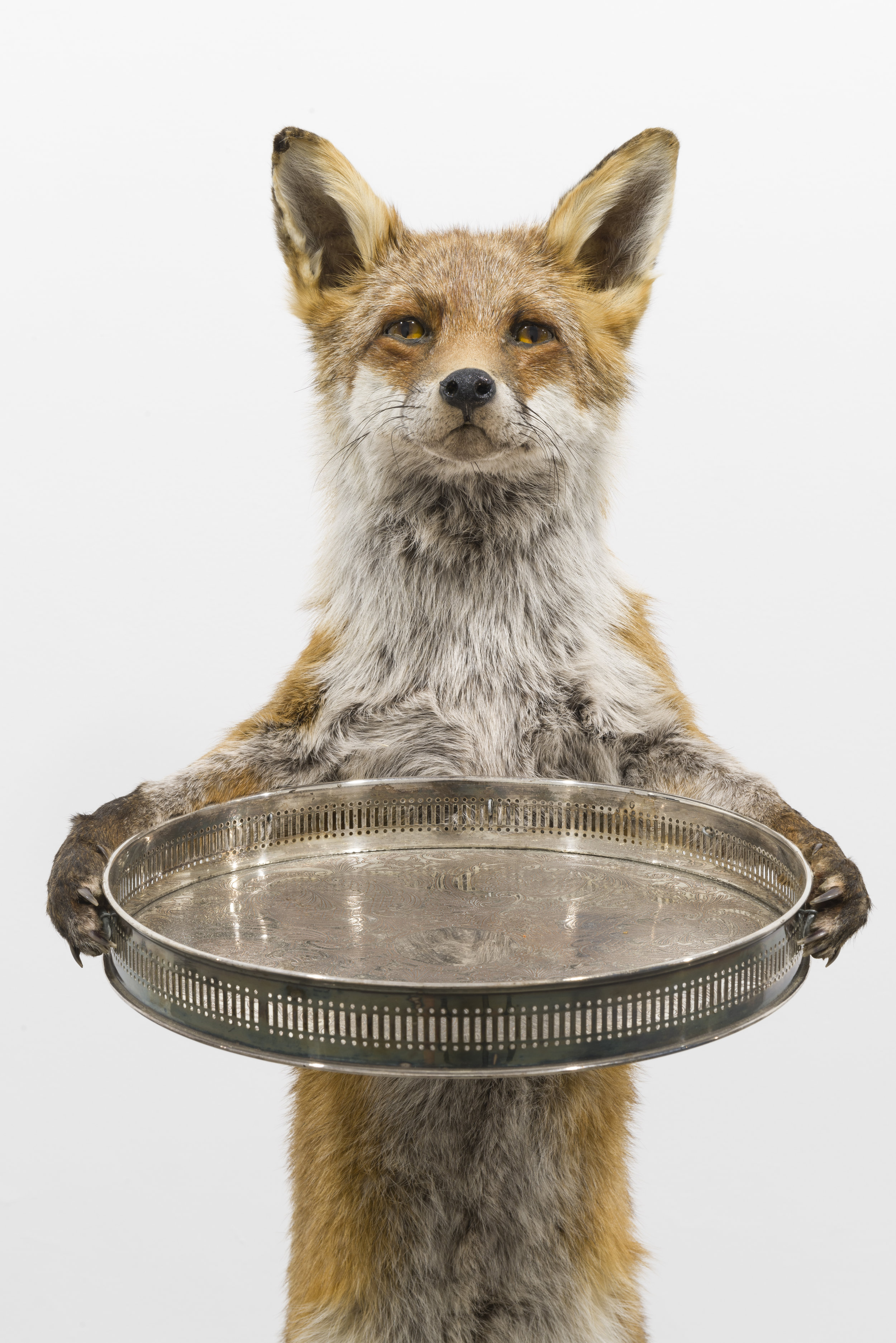

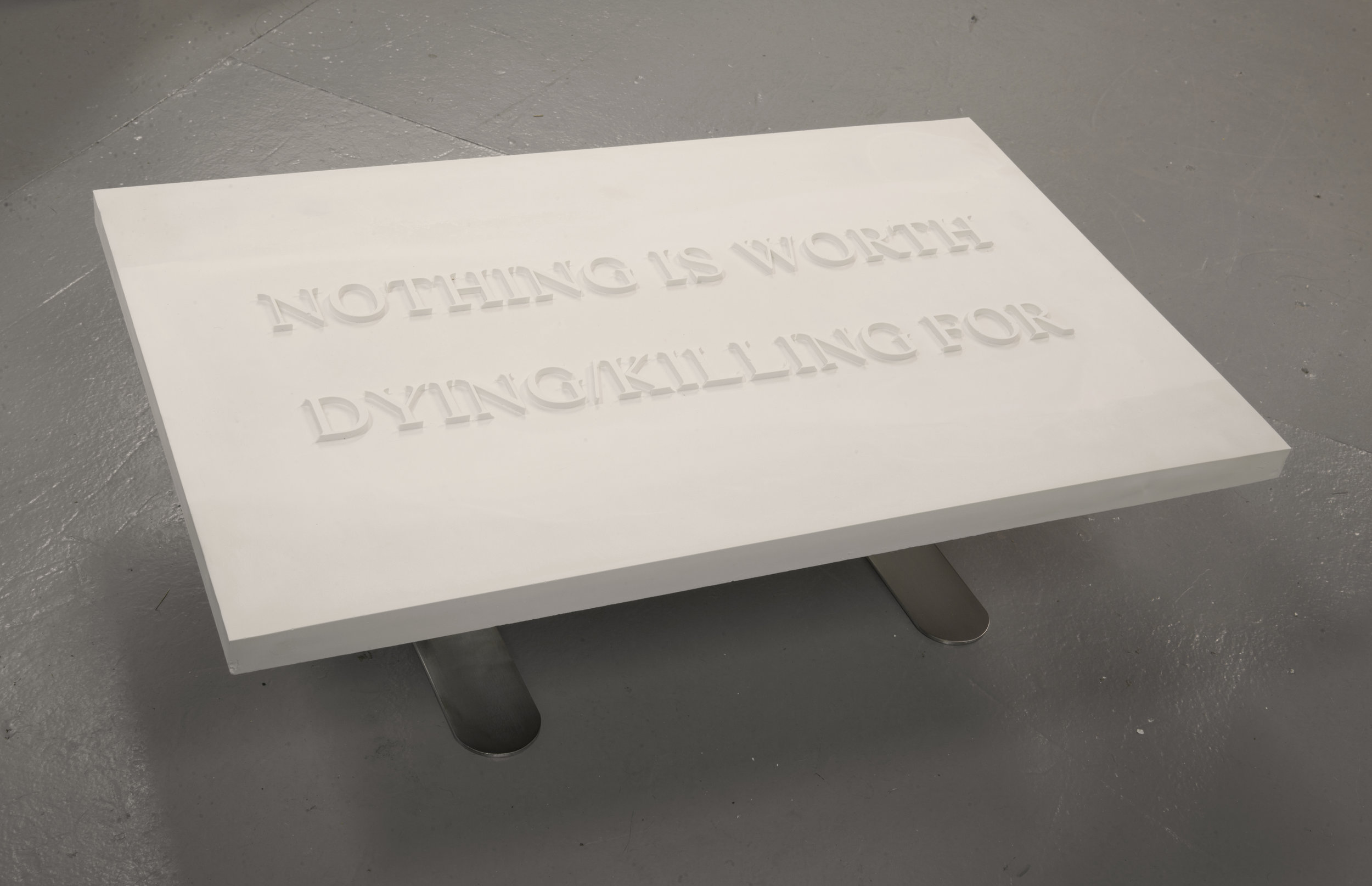
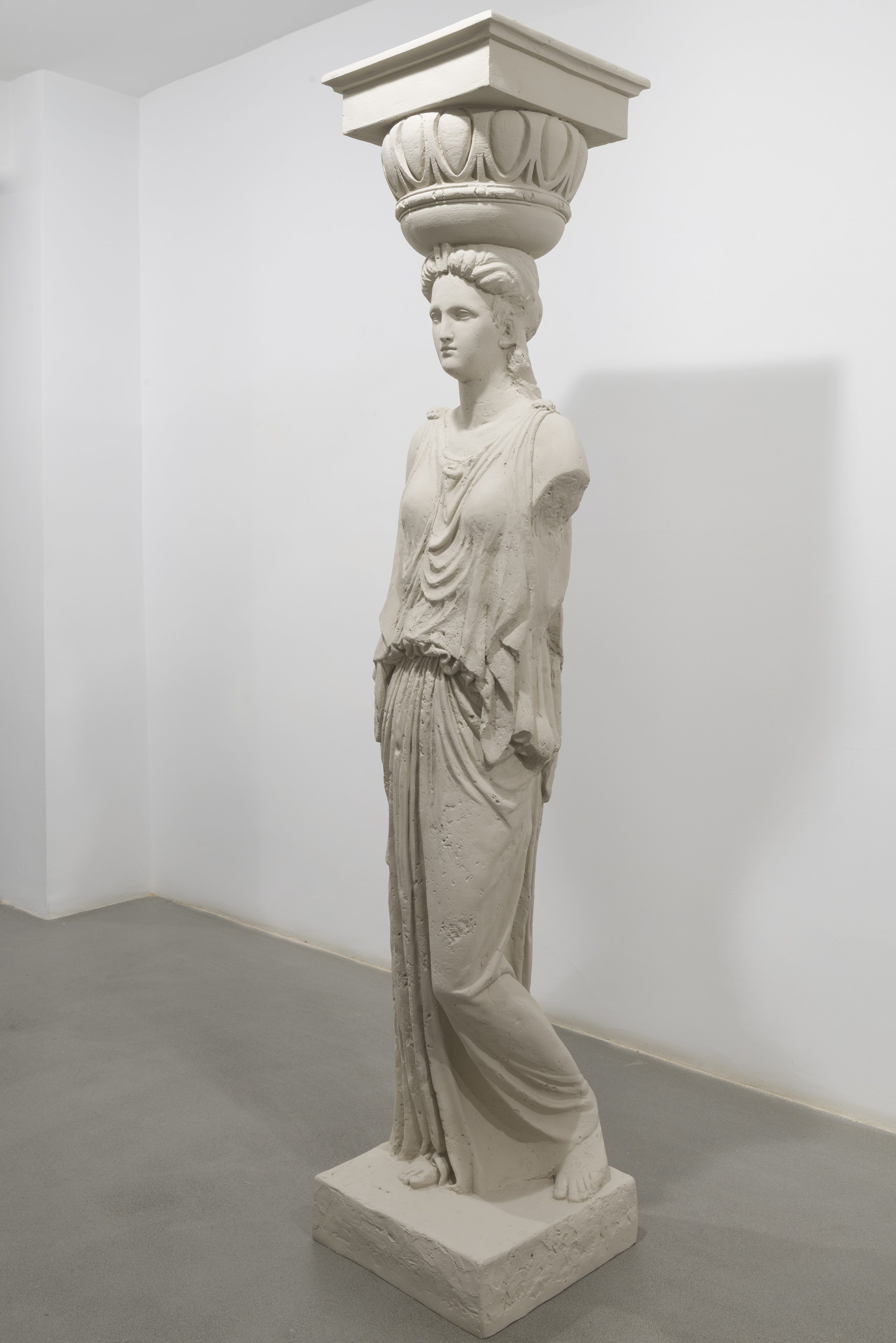
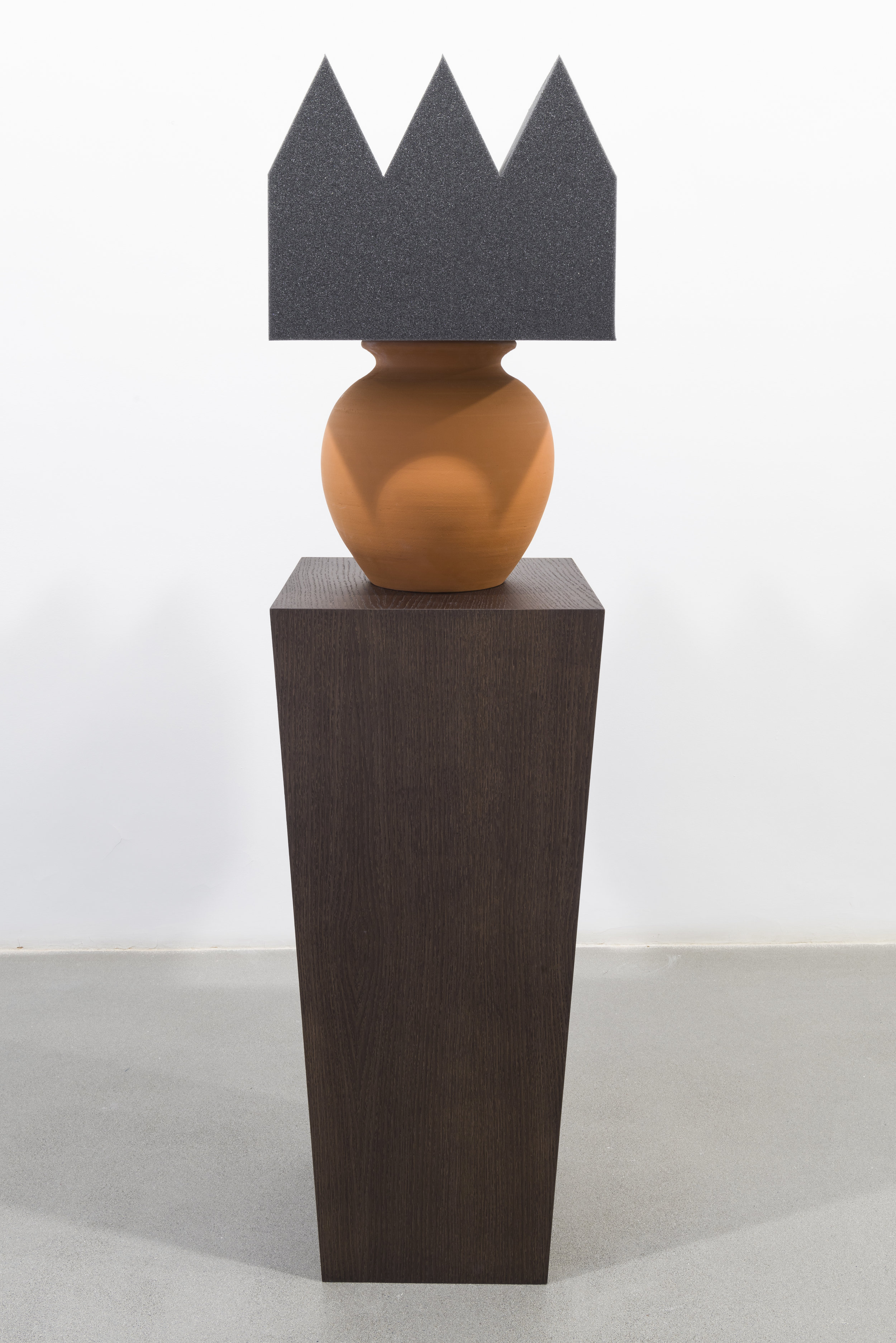
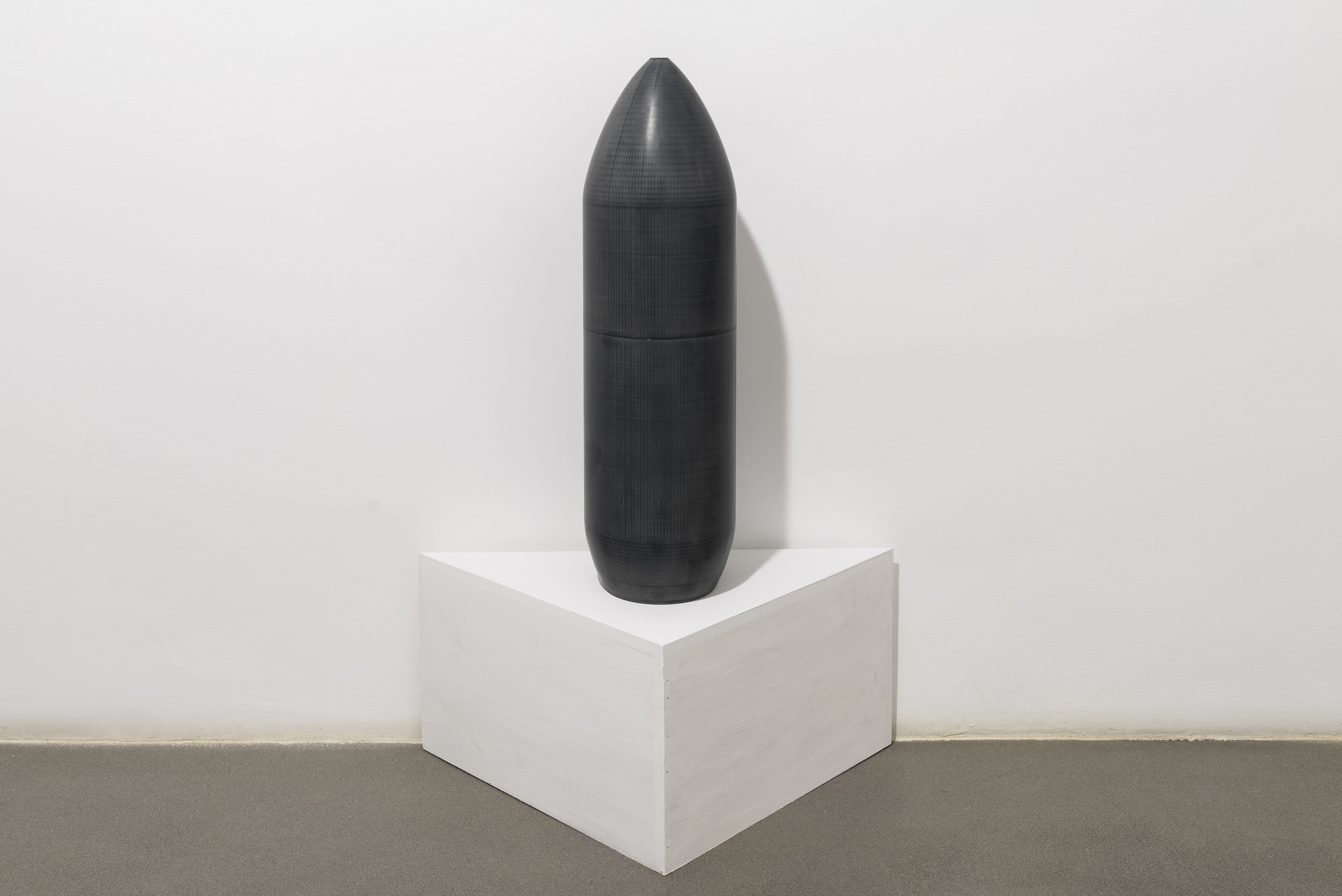
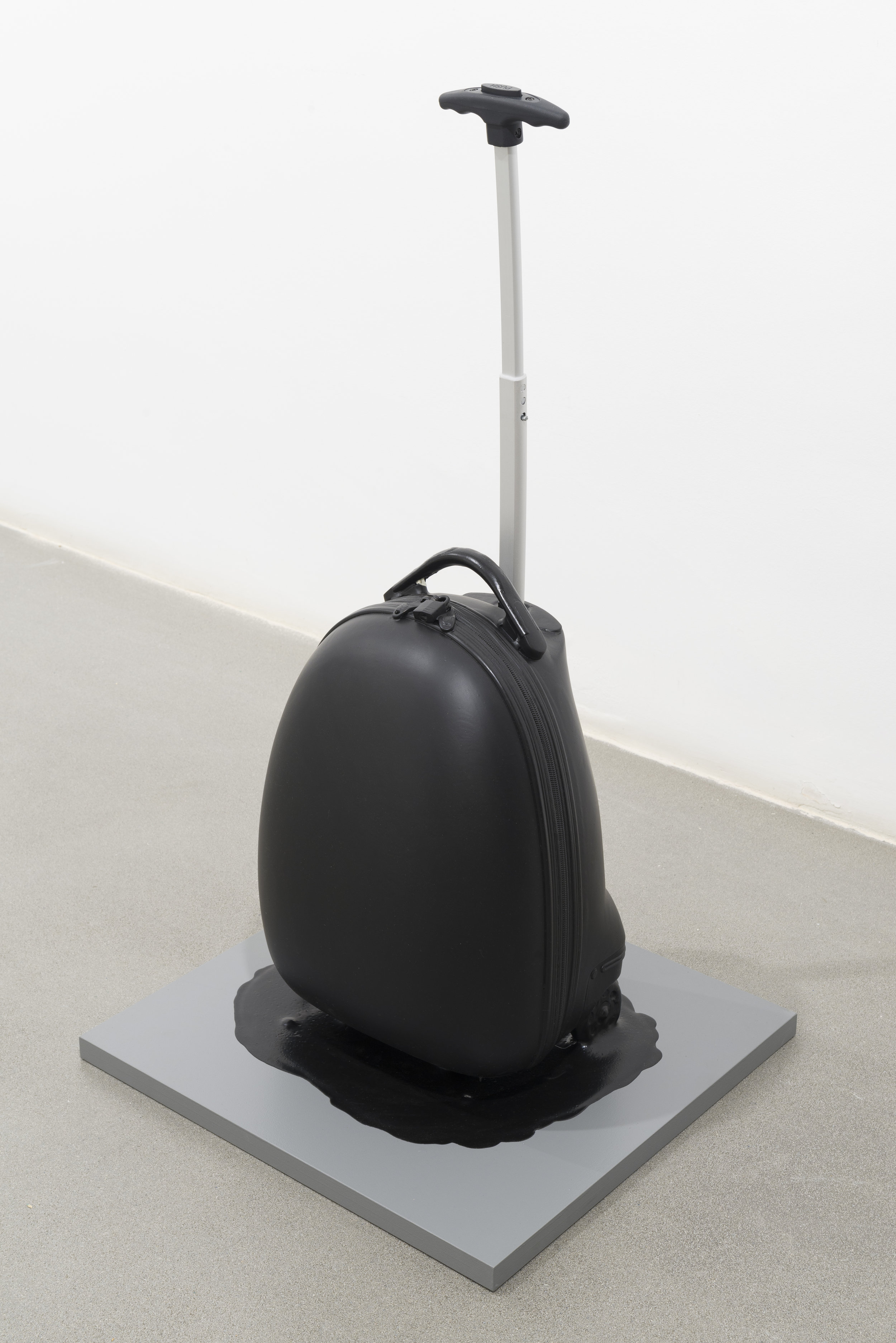
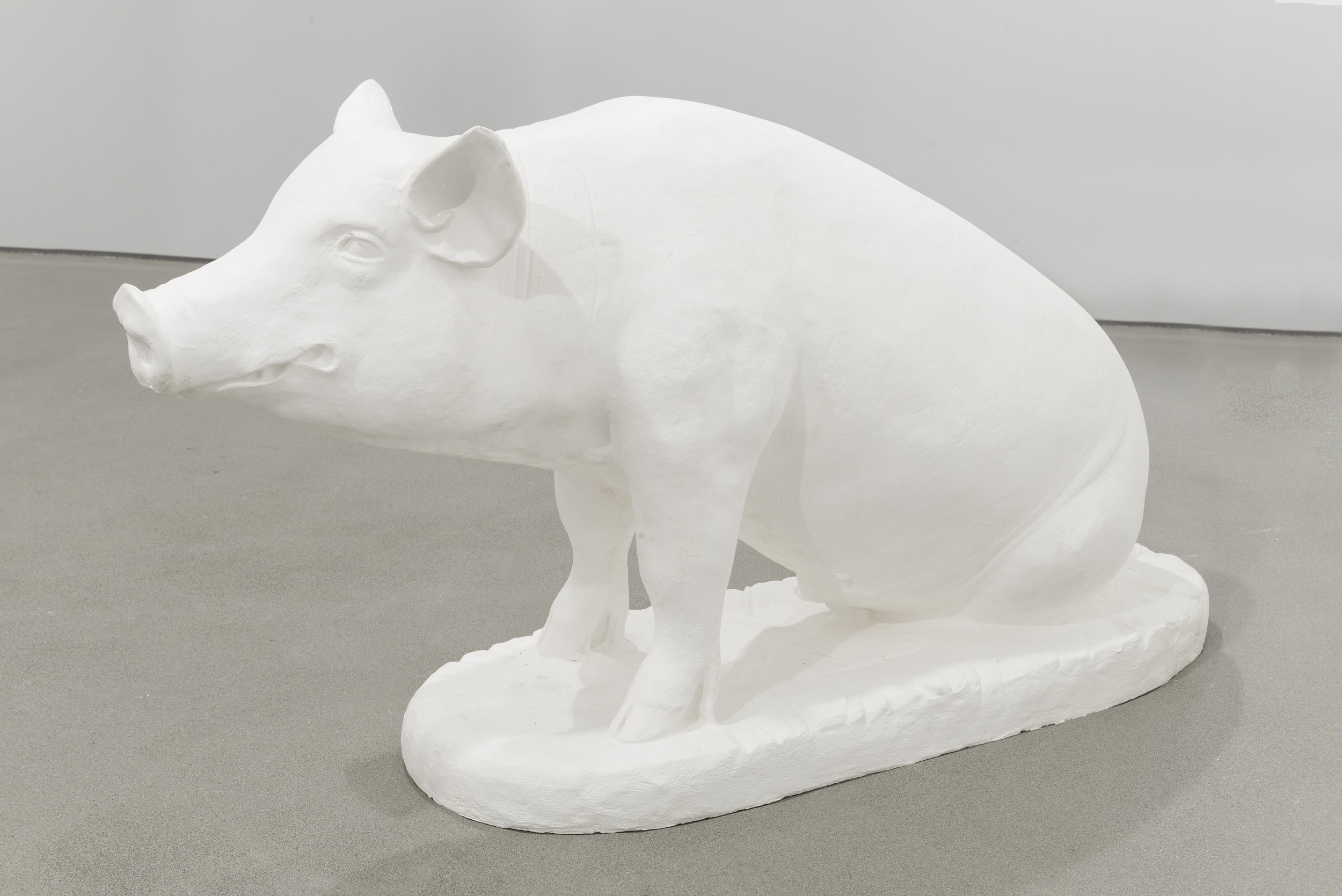

Time Capsules (2016-2116)
Installation view
Courtesy of Sabrina Amrani Gallery, Madrid
Time Capsules (2016–2116) interrogates the intersections of value, temporality, and the artist’s role within systems of cultural and economic influence. Employing variety of materials such as taxidermy, ceramics, fiberglas and 3D-printed ABS, the work positions time as a central element, extending its scope across two centuries of historical, material and geopolitical resonance. Each piece contains a concealed object, intended to remain unopened until 2116, challenging conventional notions of ownership, authorship, and market value while exploring the limits of preservation and legacy.
By embedding deferred access into its structure, the project resists immediate consumption, shifting emphasis from the artwork as a fixed commodity to an evolving proposition. The interplay of concealment and exposure disrupts assumptions about permanence and access, foregrounding the uncertainties that shape cultural memory. Any premature opening renders the work devoid of both commercial and cultural value, reinforcing its dependence on time as an active medium. Time Capsules (2016–2116) operates as both artifact and future relic, examining the forces that drive societies to collect, conserve, and attribute worth to objects over time. In doing so, the work critically engages with the mechanisms that dictate artistic legacy, prompting reflection on the shifting dynamics between creation, value, and endurance.

The Fox, The Nut and The Banker’s Hand
2016-2116
Taxidermy fox, concealed object, silver platter
14” x 41” x 18”

NOTHING IS WORTH DYING/KILLING FOR
2016-2116
Primed hydrostone, stainless steel, concealed object
24” x 7” x 15”

Long Live Max Yasgur
2016-2116
Acoustic foam, terracotta, cedar, plaster, concealed object
15” x 58” x 15”
